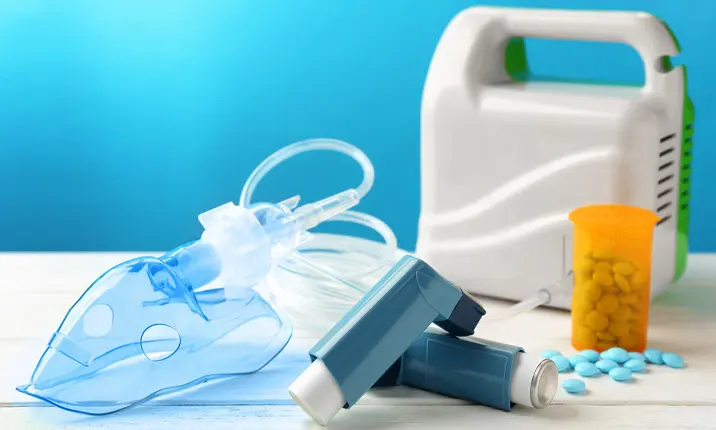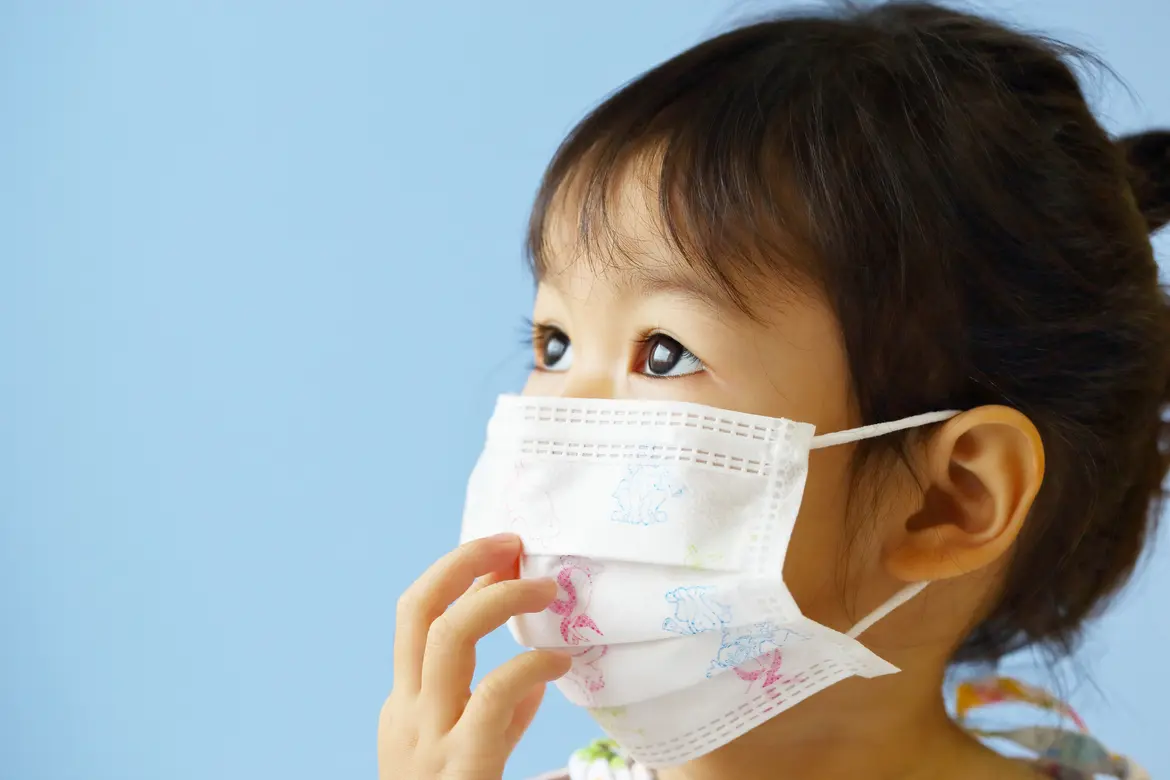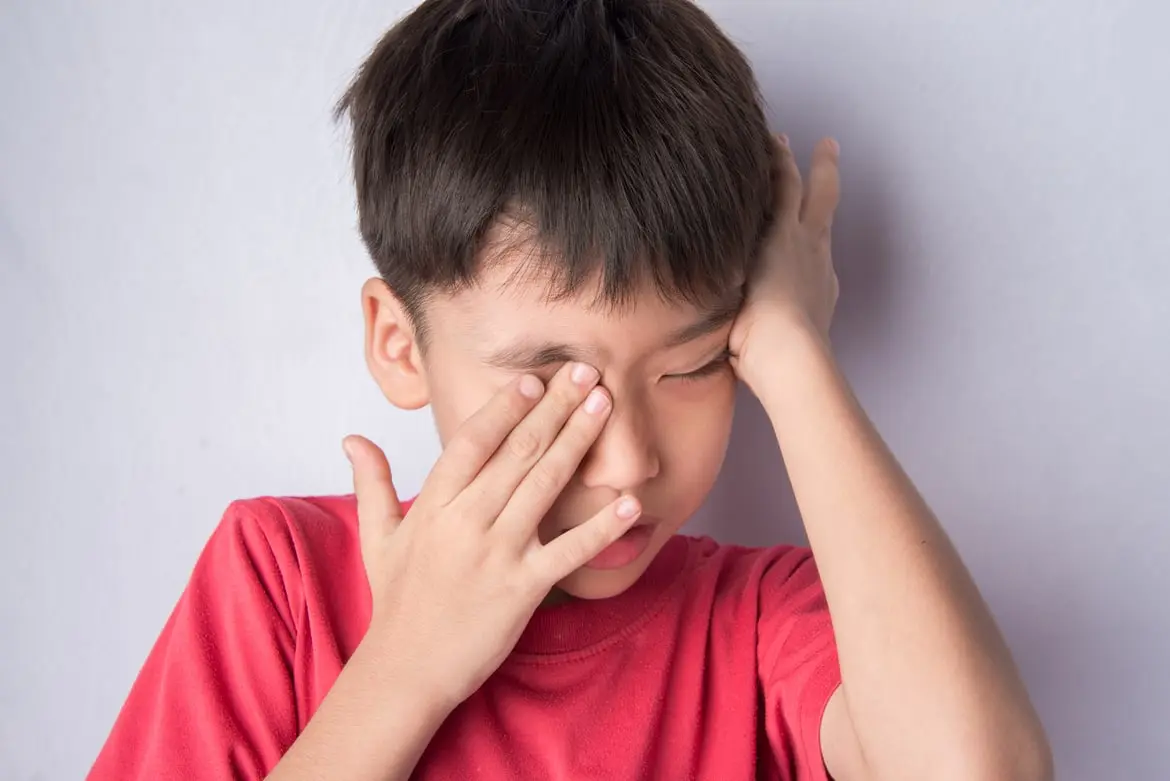-
-
Featured Care Areas


Source: Shutterstock
The Right Way to Use an Inhaler, and Other Childhood Asthma Tips
Last updated: Thursday, March 25, 2021 | 4 min reading time
Does your child need to use an inhaler for asthma? Here's how to make sure they are using it right.
Parents of children with asthma will know how heart-wrenching it is to see your child struggle to breathe. Though asthma can affect people of all ages, children need special attention. The good news is that with proper care, your child's asthma can be kept under control.
Medicines to manage asthma are usually given using nebulisers or an inhaler, which is a device that allows the child to inhale the medication so it goes directly to the lungs. As a parent, you should be familiar with your child's medication and how to administer them correctly.
Learn about the different types of asthma medicines, and the correct way of using inhalers.
Childhood asthma: Symptoms and triggers
Asthma is a chronic respiratory condition that affects 1 in 5 children in Singapore. In asthma, the bronchi, which are the airways in the lungs, swell and narrow. This makes it difficult for your child to breathe and causes symptoms such as coughing, wheezing and breathlessness.
Asthma symptoms can be bothersome and may interfere with your child's day to day activities. In some cases, uncontrolled asthma can lead to severe asthma attacks. This may be triggered by pollen, dust mites, pets, tobacco smoke, pest, haze or other forms of air pollution. Apart from medicines, helping your child identify and avoid triggers is an essential part of managing asthma.
How is asthma treated in children?
Asthma treatment can improve your child's breathing and reduce flare-ups. The medicine your doctor prescribes is based on your child's age, and the severity and frequency of the symptoms.
There are 2 types of asthma medicines: long-term controllers and quick-relievers. Children with less frequent asthma symptoms are given relievers ("rescue") for short periods, while children in whom symptoms occur more often may need controller ("preventer") medication.
Either type of medicine can be taken using an inhaler with a spacer, or holding chamber, which ensures that all the medication reaches the lungs. Another option is a nebuliser – a machine that includes compressor tubing and a mask. Nebulisers turn liquid medicines into mists, making it easier for your child to inhale the medicine.
Learning about the different medicines for asthma can be overwhelming, which is why parents need to understand how these medicines work and how they can help control your child's asthma. It's also imperative to know when to use each medicine correctly to ensure that the dose is effectively implemented.
How do controller medicines work?
Your child may need a daily controller medicine if they have regularly experience asthma symptoms, with flare-ups that range from moderate to severe.
Controller medicines reduce the swelling in the airways of the lungs and prevent symptoms from presenting in the long run. These medications help prevent severe asthma attacks from occurring.
Controllers usually have steroids in them and need to be taken daily even if your child doesn't have any acute symptoms. As the steroid dose delivered is minimal, there are often few significant side effects to worry about.
How do reliever medications work?
Reliever medications, such as albuterol inhalers, or more commonly known as Ventolin inhalers, are used when prompt action is required. Relievers relax narrowed lung airways and relieve acute symptoms, and may also be used to prevent asthma attacks. If your child's asthma is well-controlled, they may only need to use such reliever medications when needed.
How to use a Ventolin inhaler correctly?
If your child is young, a spacer and mask device is required when using Ventolin inhalers. Spacer and mask devices avoid the need for coordinated deep breaths to deliver medication effectively into the airways. Spacer devices are as efficient as nebulisers in delivering the medication and are cheaper and more portable than nebulisers.
Here's how to use a Ventolin inhaler with a spacer correctly:
- First, remove the protective cap from the puffer, shake the inhaler well, and prime it by pressing down a few times until a mist comes out.
- Next, insert the inhaler firmly into the end of the spacer. Place the mask over your child's face and make sure that it covers the mouth and the nose. Try to get a good seal on the skin so that no air can get in.
- Ask your child to sit upright and breathe out gently. Hold the spacer and inhaler level so that they do not tilt up or hang down.
- Press the inhaler once to release a dose of the medicine into the spacer. Do not remove the puffer.
- Allow your child to breathe in and out 5 - 6 times.
- If additional doses are required, shake the inhaler again and repeat the steps. You may shake the puffer while it is still attached to the spacer.
Follow the above steps accurately when using an inhaler, and seek your doctor's advice before starting any treatment.
Poorly controlled asthma can be dangerous. With proper treatment, your child's asthma can be kept under control, and your child can live the life they deserve.
Visit your doctor to start treatment and manage your child's symptoms.
Asthma in Children. American College of Allergy, Asthma & Immunology. Retrieved 18/03/2021 from https://acaai.org/asthma/asthma-101/asthma-in-children
Childhood asthma. Mayoclinic. Retrieved 18/03/2021 from https://www.mayoclinic.org/diseases-conditions/childhood-asthma/diagnosis-treatment/drc-20351513
InformedHealth.org [Internet]. Cologne, Germany: Institute for Quality and Efficiency in Health Care (IQWiG); 2006-. Medication for people with asthma. 2008 Jan 14 [Updated 2017 Nov 30]. Retrieved 18/03/2021 from https://www.ncbi.nlm.nih.gov/books/NBK279519/
Childhood asthma. Mayoclinic. Retrieved 18/03/2021 from https://www.mayoclinic.org/diseases-conditions/childhood-asthma/diagnosis-treatment/drc-20351513
InformedHealth.org [Internet]. Cologne, Germany: Institute for Quality and Efficiency in Health Care (IQWiG); 2006-. Medication for people with asthma. 2008 Jan 14 [Updated 2017 Nov 30]. Retrieved 18/03/2021 from https://www.ncbi.nlm.nih.gov/books/NBK279519/










